
Shared 1st place: Vincent van Altena – UNIGIS Amsterdam
Improvement of automatic generalization of manmade water networks for topographic maps by context-dependent pruning
Read more…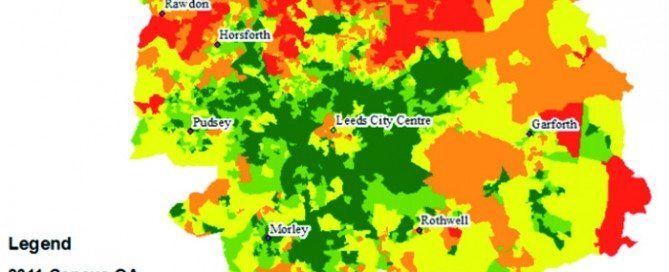
Shared 1st place: Rachel Antcliffe – UNIGIS UK
An evaluation of the Council Tax band as an indicator of household size for small are population estimation
Read more…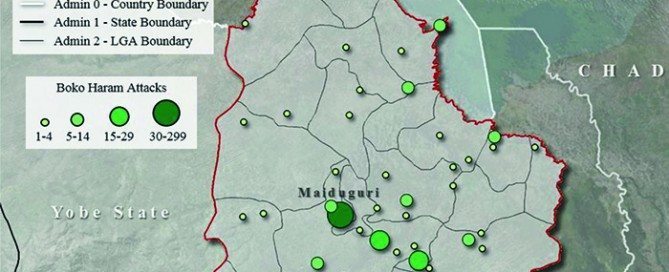
3rd place: Adrianna Valenti – UNIGIS USA
3rd place: Adrianna Valenti – UNIGIS USA
Read more…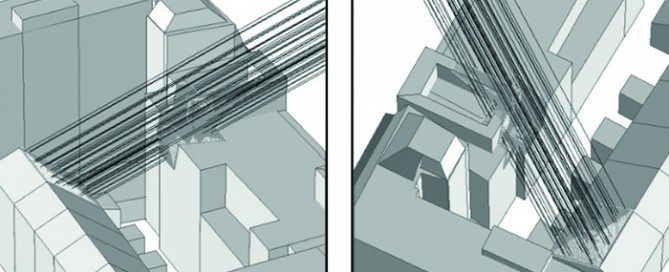
1st place: Heidi El Hosaini – UNIGIS UK
Locating and positioning solar panels in a 3D city model – a case study of Newcastle Heidi El Hosaini (UNIGIS Manchester) had been named the winner of the annual worldwide UNIGIS Master Thesis competition in October 2014 for her dissertation titled “Locating and positioning solar panels in a 3D city model – a case study of Newcastle”. This thesis was developed with sponsorship from the UK Ordnance Survey. The prize carried an invitation to the GI_Forum Salzburg, where she published and presented her work in a well received talk in the main conference program, and received the ‘trophy’ and an …
Read more…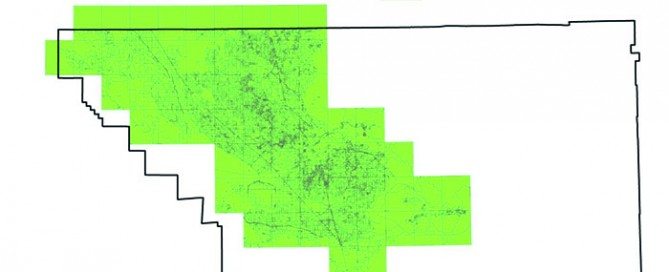
2nd place: Trang Minh VoPham, UNIGIS USA
Integrating landsat and California pesticide exposure estimation at aggregated analysis scales: Accuracy assessment of rurality Pesticide exposure estimation in epidemiologic studies can be constrained to analysis scales commonly available for cancer data—census tracts and ZIP codes. Research goals included (1) demonstrating the feasibility of modifying an existing geographic information system (GIS) pesticide exposure method using California Pesticide Use Reports (PURs) and land use surveys to incorporate Landsat remote sensing and to accommodate aggregated analysis scales, and (2) assessing the accuracy of two rurality metrics (quality of geographic area being rural), Rural-Urban Commuting Area (RUCA) codes and the U.S. Census Bureau …
Read more…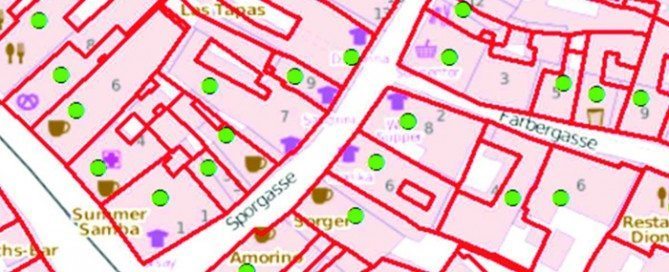
3rd place: Stefan Mayer – UNIGIS Salzburg
An approach to model the thermal demand of buildings. A case study using two districts of Graz. The current paper deals with an approach to model the annual heating and cooling demand of buildings, using two districts of the city of Graz as case study. Hence, the main objective is to gather the demand patterns within different parts of the city and to localise demand hotspots. A determination of the heating and cooling demand of buildings is carried out via the calculation of the heat balance of individual buildings. The practical implementation consists of the generation of a building model …
Read more… Previous